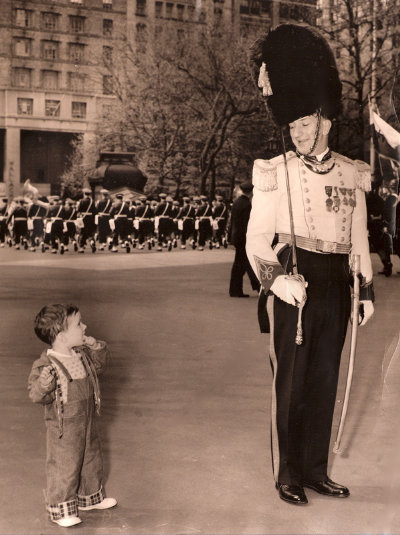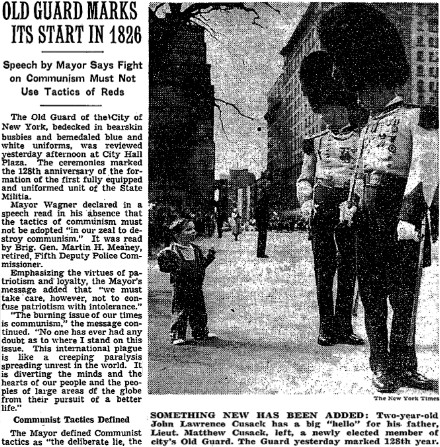World
About Andrew Cusack
 Writer, web designer, etc.; born in New York; educated in Argentina, Scotland, and South Africa; now based in London.
Writer, web designer, etc.; born in New York; educated in Argentina, Scotland, and South Africa; now based in London. read more
News
Blogs
Reviews & Periodicals
Arts & Design
World
France
Mitteleuropa
Knickerbockers
Argentina
The Levant
Africa
Cape of Good Hope
Netherlands
Scandinavia
Québec
India
Muscovy
Germany
Academica
Sniffen Court
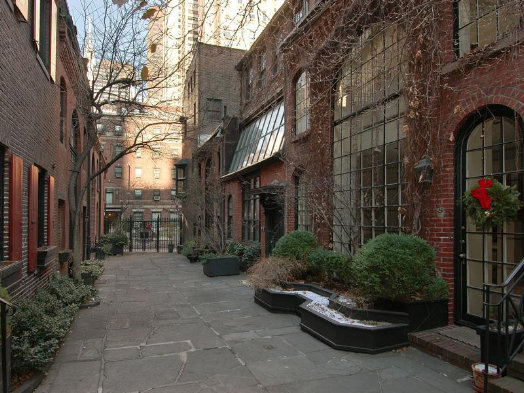
A PROPERTY IN Sniffen Court coming on the market is a rare event, but two up for grabs at the same time must be a first. Like Grove Court, MacDougal Alley, or Washington Mews, this little alleyway is one of the most desirable of those little nooks and crannies that hide amidst the hurly-burly of Manhattan. Tradition holds that Sniffen Court was built as stables by one John Sniffen around the time of the Civil War, but there is no record of any Sniffen ever having owned the properties (some therefore presume he was the architect). They were converted, like many mews around the city, from stables to residences in the 1920s and all have gradually adapted and changed since then.
Archduke Carl Ludwig, 1918-2007
Son of Blessed Charles, U.S. Army Veteran, Fought at Normandy
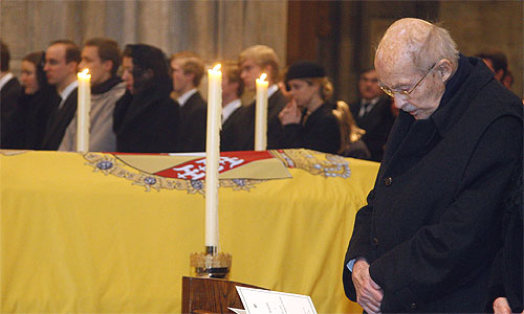
A READER WAS kind enough to bring to my attention the recent death of His Imperial & Royal Highness, Archduke Carl Ludwig Maria Franz Joseph Michael Gabriel Antonius Robert Stephan Pius Gregor Ignatius Markus d’Aviano of Austria, one of the sons of Blessed Charles, the last (up to this point) Emperor of Austria, Apostolic King of Hungary, King of Bohemia, etc. Carl Ludwig’s birth in 1918 was hailed with a 101-gun salute from the imperial field artillery, but the Habsburgs were soon overthrown by a republican element in Vienna and forced into exile. The Archduke studied at the University of Louvain until the outbreak of the Second World War, when the Habsburgs fled to the safety of Quebec.
There, the family were so poor they sometimes had to survive off a soup the Empress Zita cheerfully prepared from dandelions picked in the park. Carl Ludwig, however, was able to complete his studies at the Université Laval, the oldest university in Canada, before being allowed to join the United States Army in 1943. On June 6, 1944, he took part in the D-Day landings in Normandy, and later became aide-de-camp to the Comte de Hauteclocque, a general in the Free French Forces (later known as Maréchal Leclerc), and served with the Algerian spahis. He was discharged from the U.S. Army with the rank of Major in 1947, and in 1950 married Princess Yolande de Ligne.
Christological Vexillology in Louisiana

SINCE BOBBY JINDAL, a traditional Catholic and sometime New Oxford Review contributor, today became the eighty-fourth Governor of Louisiana (sixty-first of the republican era), we decided to share with you the interesting development regarding the Louisiana state flag. Louisiana’s flag consists of a pelican displayed with a scroll bearing the state motto of “Union, Justice, and Confidence”. Heraldically, the pelican is known as a “pelican-in-her-piety” depicting the mother pelican piercing her breast to offer her own blood as sustenance to her children. The “pelican-in-her-piety” is a traditionally Christian symbol meant to parallel Christ’s sacrifice, and so this is why you sometimes see representations of pelicans in churches.

It seems that from about the 1900s onwards, the droplets of blood on the pelican’s breast gradually ceased to be displayed, somewhat diminishing the Christological nature of the state emblem. However, one astute eighth-grader at Vandebilt Catholic High School in Houma, the parish seat of Terrebonne Parish (remember that in la Louisiane counties are called parishes), noticed this problem and informed his representative in the state’s lower house. In April 2006, the Louisiana State Legislature passed an act requiring three drops of blood to be depicted on the pelican, both in the flag and the state seal, and so the significance of the the pelican-in-her-piety is now restored.

The long and the short of it
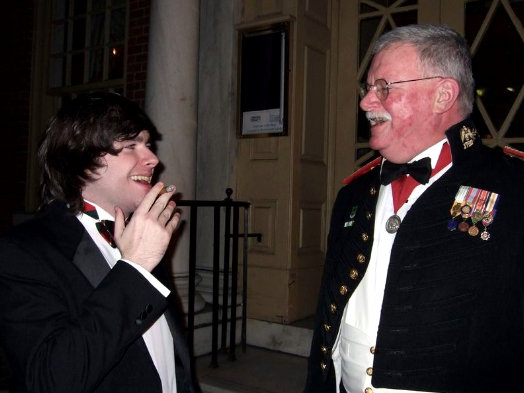
My Uncle Matt and I share a joke outside Fraunces Tavern while the 218th Annual Mess Dinner of the Veteran Corps of Artillery takes place inside.
And before anyone comments, yes I know I need a haircut! (Photo courtesy of Mike Leventhal)
Grand Central in the Good Old Days
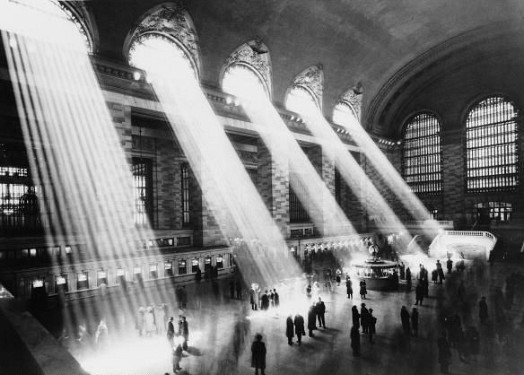
“Give me rail travel, trans-Atlantic liners, and electric cars and you will have Taki on your side,” writes our favorite Greek philosopher over on his online magazine. The invocation of rail transportation prompted one reader, Mr. Roland Maruska, to send in his response to Taki’s call:
I worked in the Central’s General Claims Attorney’s office at 466 Lexington Avenue in 1967 and 1968 and had enormous respect for my boss, Mr. J.T. Lynch, a fine man and World War II veteran. I learned first hand about sleazy lawyers and outrageous lawsuits, my favorite being the one brought by a woman who tried to commit suicide by jumping off a moving train, then, having failed, sued the railroad for not keeping the coach doors locked.
After work on Friday nights it was off to The Cattleman with friends for a small glass of brandy on the house (if one had to wait too long to be seated), a steak, and last a cigar, again on the house, then to the Railroad Enthusiasts club, which had its own room in Grand Central Terminal, in perpetuity due to the generosity of the railroad. Later some of us would head over to the Oyster Bar for a late night cocktail and hors d’oeuvres ( I hope I didn’t shock Taki with that one.), the latter courtesy of the excellent manager Mr. Drummond.
Ah, memories.
Previously: Grand Central Station at Night
The Feast of St. Sylvester
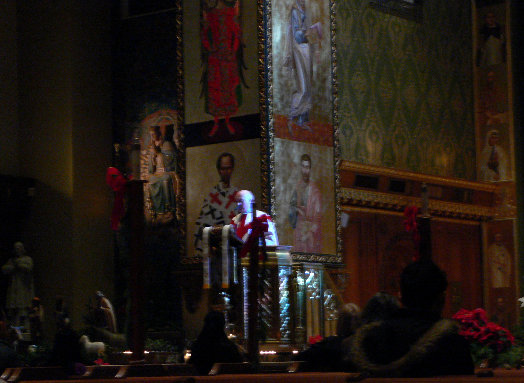
Fr. Rutler preaches, illuminated by the midday winter sun, at the Church of Our Saviour on the Feast of St. Sylvester. And a fine sermon it was, too.
The Queen’s Christmas Message 2007
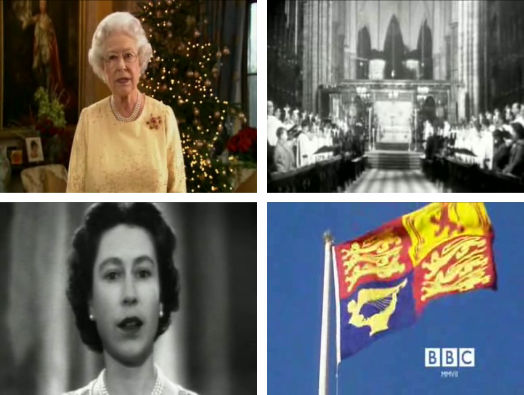
Available here at YouTube.
Britain: a ‘Catholic country’
The Original Church of England Overtakes the New One?
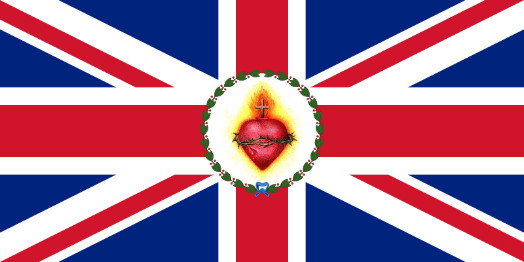
Catholics have overtaken Anglicans as the country’s dominant religious group, according to the Sunday Telegraph, as more people attend Mass every Sunday than worship with the (Anglican) Church of England. “This means that the established Church has lost its place as the nation’s most popular Christian denomination,” Jonathan Wynne-Jones reports, “after more than four centuries of unrivalled influence following the Reformation”. Sunday attendance at Anglican services has dropped a whopping 20% since the year 2000. Catholic Mass attendance in the past six years, however, has also dropped a dramatic 13%, a decline assuaged by the arrival of thousands of Polish immigrants since Poland joined the European Union.
Obaysch the Hippo
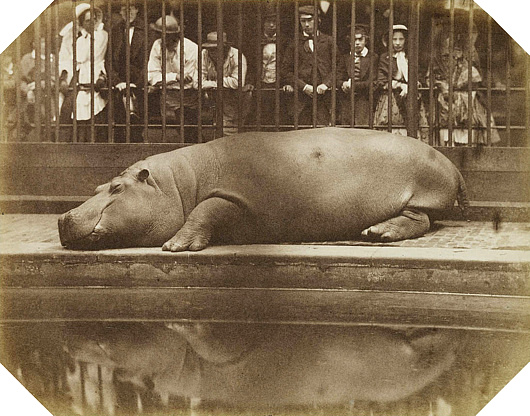
Obaysch was the first hippopotamus in Britain since prehistoric times. The Ottoman Viceroy of Egypt agreed with the British Consul General to exchange Obaysch for some greyhounds and deerhounds, and the hippo arrived at London Zoo in May of 1850.
The above photograph was taken in 1852 by Juan, Count of Montizón, later the Legitimist Bourbon claimant to the thrones of France and Spain.
The Café Society of Ferenc Molnár
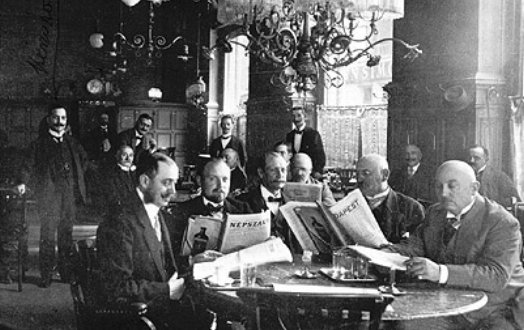
FROM 1887, the Café Central (or Centrál Kávéház, in Magyar) has been a meeting place for artists, intellectuals, professionals, and others located on Budapest’s Károlyi Mihály street. One of its most famous patrons was the novelist and dramatist Ferenc Molnár (born Ferenc Neumann and often anglicized as Franz Molnar), whose 1906 book The Paul Street Boys is perhaps the most widely-read Hungarian novel. His 1909 play “Liliom” was later adapted by Rodgers and Hammerstein into the musical “Carousel”. Both his plays “The Guardsman” and “The Swan” were later made into films (the latter being Grace Kelly’s final appearance on the silver screen), while “The Play at the Castle” was adapted by P.G. Wodehouse into “The Play’s the Thing” and by Tom Stoppard into “Rough Crossing”. (more…)
Krummau on the Moldau
Český Krumlov Revisited
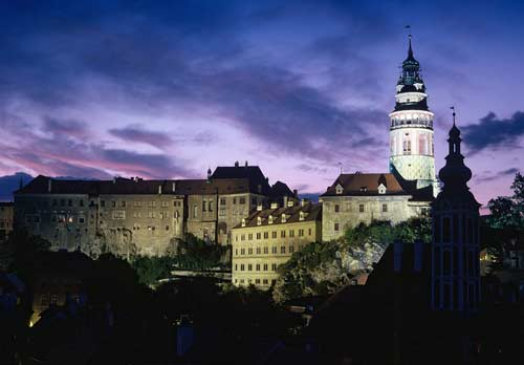
THE CASTLE OF Krummau in Bohemia stands majestically on its crag in a bend of the Moldau river, presiding confidently over the town below. Český Krumlov, as the town is known in the currently-reigning Czech language, began in the thirteenth century under the Rosenberg family and was purchased by the Emperor Rudolf II in 1602. Yet it was under the princely house of Schwarzenberg (proprietors of Krumau from 1719 to 1945) that the castle flourished. The name Český Krumlov means Bohemian Krummau, to differentiate it from a Moravian town of the same name. (It is also often rendered as Krumau or Krumau-an-der-Moldau).
While the advent of Communism deprived the Schwarzenbergs of this great castle and numerous other vast properties of theirs behind the Iron Curtain, the Schwarzenbergs have since regained their natural prominence in Bohemia. His Serene Highness Prince Karl VII of Schwarzenberg, Duke of Krummau, Count of Sulz, Princely Landgrave of Kelttgau currently serves his country as Minister of Foreign Affairs of the Czech Republic, as well as being a member of the Czech Senate which convenes in the Wallenstein Palace in Prague. For the sake of convenience, however, His Serene Highness goes by ‘Karel Schwarzenberg’. (more…)
St Andrews in London
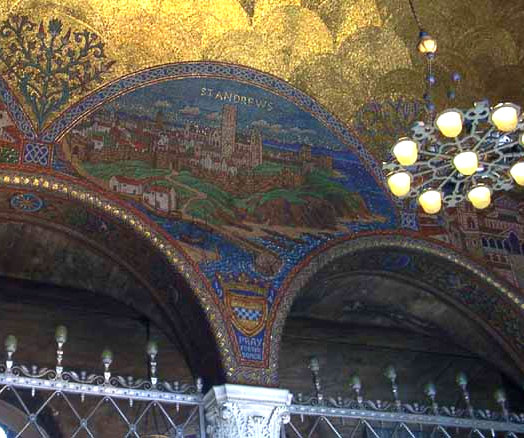
A LITTLE SOMETHING for our good friends from university who’ve just moved to London from the countryside. I hope that when they are in the Cathedral they will pop into our patron’s chapel, glance at the mosaic of our dear old Royal Burgh of St Andrews, remember good times, and say a prayer for us all.
Hipódromo Argentino de Palermo
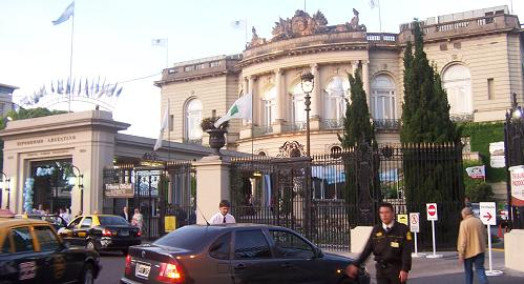
THE PALERMO RACETRACK is the main center for equestrian events in Buenos Aires. It was first built in 1876. In 1908 the current main stand was built to the beaux-arts design of a French architect, Louis Faure Dujarric. The Argentine Grand National, a race of 2,500 meters, has been run here annually since 1885. (more…)
Columbus Circle: A Wider View
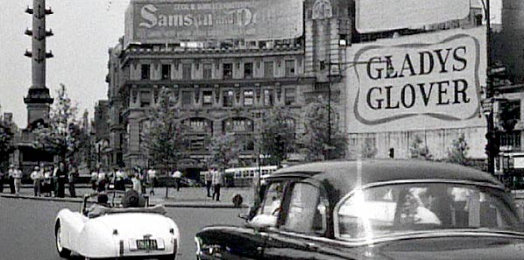
I THOUGHT THAT since we widened our window of opportunity, I ought to give you a wider view of this capture from the 1954 film ‘It Should Happen to You!’, previously displayed in our exposition on Columbus Circle and the Human Scale. The more recent rehabilitation of this grand public place was discussed in one of my diary entries. (more…)
Christopher Street, Greenwich Village
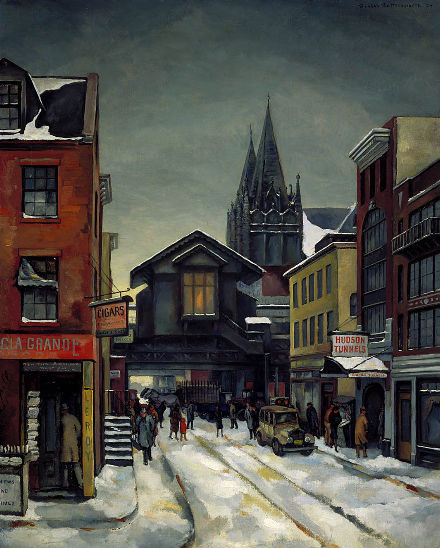
Beulah R. Bettersworth, Christopher Street, Greenwich Village
Oil on canvas, 30 1/8″ x 24 ¼”
1934, Smithsonian American Art Museum
Grand Central Station at Night
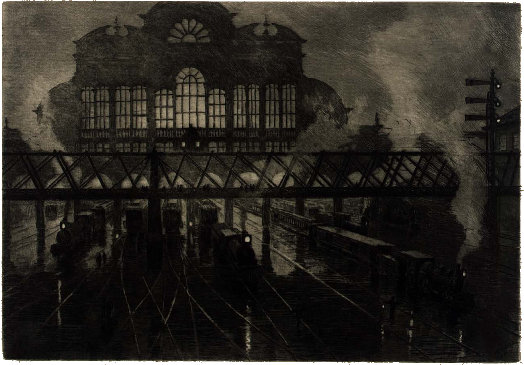
Charles Frederick William Mielatz, Grand Central Station at Night
Etching on paper, 7″ x 10″
1890, Smithsonian American Art Museum
This, of course, is not the Grand Central we know today, but its immediate predecessor.
Theodore Dalrymple on Rhodesia
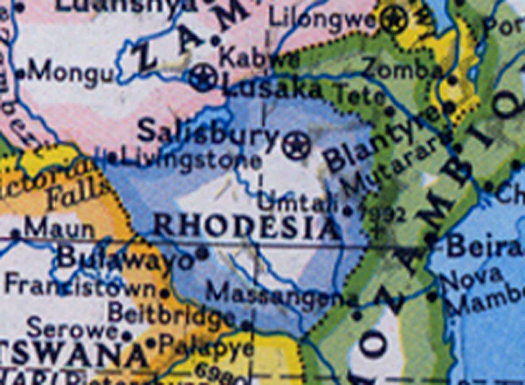
The young black doctors who earned the same salary as we whites could not achieve the same standard of living for a very simple reason: they had an immense number of social obligations to fulfill. They were expected to provide for an ever expanding circle of family members (some of whom may have invested in their education) and people from their village, tribe and province. An income that allowed a white to live like a lord because of a lack of such obligations scarcely raised a black above the level of his family. […]
It is easy to see why a civil service, controlled and manned in its upper reaches by whites could remain efficient and uncorrupt but could not long do so when manned by Africans who were suppose to follow the same rules and procedures. The same is true, of course, of every other administrative activity, public or private. The thick network of social obligations explains why, while it would have been out of the question to bribe most Rhodesian bureaucrats, yet in only a few years it would have been out of the question not to try to bribe most Zimbabwean ones, whose relatives would have condemned them for failing to obtain on their behalf all the advantages their official opportunities might provide. Thus do they very same tasks in the very same offices carried out by people of different cultural and social backgrounds result in very different outcomes.
Viewed in this light, African nationalism was a struggle for power and privilege as it was for freedom, though it co-opted the language of freedom for obvious political advantage.
The Mandarins and the Masses
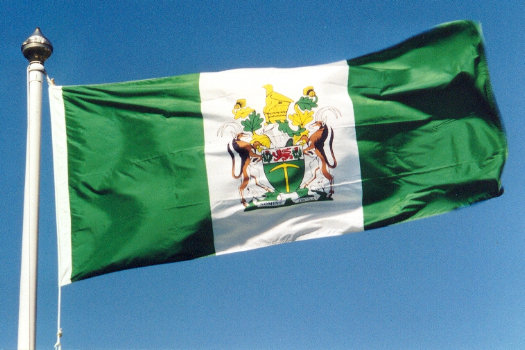
Graduation in Pictures
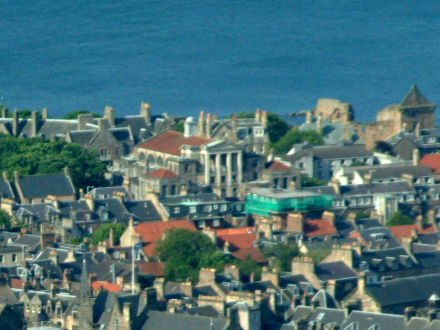
I HAD HOPED to provide you with photos of my graduation shortly after it occurred, but that was over a year ago and I am only now getting to it. My write-up about the proceedings can be found here, so these photos are essentially an accompaniment to that previous post.
The graduation ceremony took place in the Younger Hall, the red-tiled classical building in the photos above and below. Also below, the University Chapel, with St. Salvator’s Quad adjacent to it. The curved building in the upper left is St. Salvator’s Hall, my home during my final year. In between the Chapel and the Younger Hall is College Gate, which houses the main administrative offices of the University.
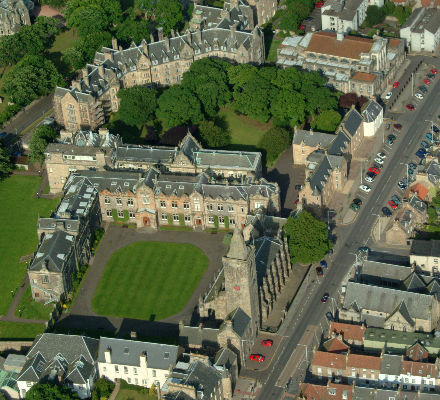
Antipapal Antiquities
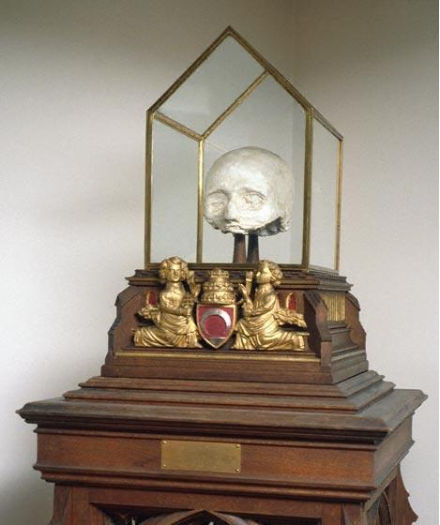
AMONG THE CURIOSITIES held in the St Andrews University Museum is the death mask of Pedro de Luna (1328-1423), one of the Avignon antipopes, who styled himself Benedict XIII. De Luna issued bulls granting university status to the group of scholars at St Andrews, and thus the Universitas Doctorum Magistrorum et Scholarum Sancti Andreae apud Scotos was born. The bulls were later confirmed by Pope Martin V, whose election ended the Great Western Schism. De Luna’s name lives on at St Andrews in the University’s coat of arms: the chief of the shield features a crescent, punning on the Antipope’s last name, which of course is Spanish for ‘moon’.
Search
Instagram: @andcusack
Click here for my Instagram photos.Most Recent Posts
- Amsterdam November 26, 2024
- Silver Jubilee November 21, 2024
- Articles of Note: 11 November 2024 November 11, 2024
- Why do you read? November 5, 2024
- India November 4, 2024
Most Recent Comments
- on The Catholic Apostolic Church, Edinburgh
- on Articles of Note: 11 November 2024
- on Articles of Note: 11 November 2024
- on Why do you read?
- on Why do you read?
- on University Nicknames in South Africa
- on The Situation at St Andrews
- on An Aldermanian Skyscraper
- on Equality
- on Rough Notes of Kinderhook
Book Wishlist
Monthly Archives
Categories

